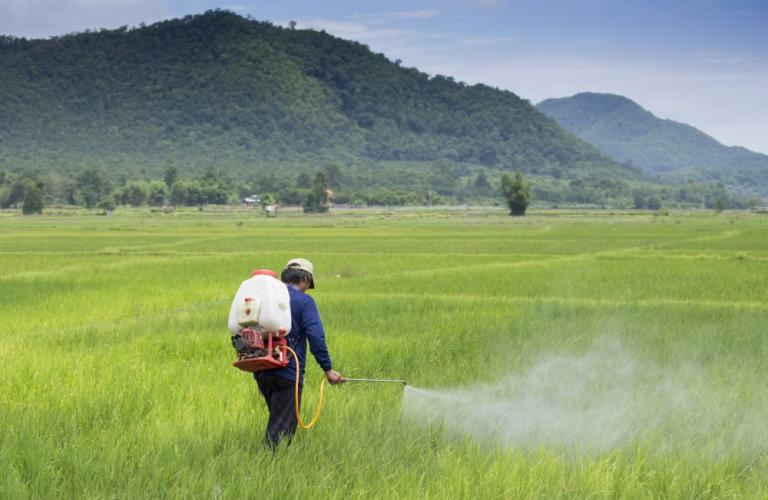Industry urges the re-orientation of Production Linked Incentives (PLI) Scheme towards domestic production, import reduction wherever applicable and global collaboration for contract manufacturing.

Experts believe that for India to develop global leadership in manufacturing and be an export hub in the agrochemical market, it must have a strong focus on developing newer R&D-based molecules and science-based policies. They also emphasize the re-orientation of Production Linked Incentives (PLI) Scheme towards domestic production, import reduction wherever applicable and global collaboration for contract manufacturing.
While calling for the quick implementation of the PLI scheme and a level playing field for the Indian chemical industry, Anil Kakkar, Vice President, Sumitomo Chemicals says, “Capacities are lying idle in many verticals where imports continue to happen without any thought process. In many cases, while intermediates are being made in India, these are still flowing from China that gives as much as 15% incentive on selected products as the strategy to promote export of these certain items. Learning from the same, the Government should facilitate agrochemical intermediates so that we become more independent. Products which are specialized ones require better incentives. The industry has prepared a list of intermediates that India is capable of making and the government must take note. There has to be a level playing field for us to compete with China.”
“Government is thinking of PLI incentives to encourage localization of demand to support Indian industry. However, we must ensure that we are not just aiming to be a substitute for China. We have to ensure that processes are better and products are safer and not just because regulations are easy,” says Viswanathan Rajendran, Partner, Kearney India.
“Indian chemical players are doing good work but there are a lot of opportunities to capitalize on to become a global level manufacturer. Collaboration with global companies could be one way to achieve growth as they too are looking at partners that have proven credentials. Having a talent and capability journey like the way PI industries have to be achieved would earn global trust. Quality, scalability, and sustainability are the way forward,” added Rajendran.
Rajendran also urges the government to minimize the global shock by avoiding sudden reckless policies. The gaps in safety and discipline need to be addressed. Incentives are great but if you ask the local manufacturers, they will call for faster approvals which generally takes 1-2 years. Bureaucratic hassles must go away and infrastructure must be a priority. The logistics need to be improved with cross-modal transport structure to reduce the cost.”
Raju Kapoor, Director - Corporate Affairs, FMC Corporation believes the PLI model should also make available incentives for contract manufacturing. “It is a critical element that needs to bring in. If our incentives can also accommodate can go a long way in expanding manufacturing. We cannot continue to manufacture the 50-year-old products as global regulations will destroy them. If we continue to incentivize them, it will be counterproductive as there will be no takers globally.”
Kapoor also points out the need for newer chemistry and said, “There are 250 odd molecules in India whereas even Pakistan has 550 molecules. The United States of course has as much as 800 plus. Before we say we can become a global hub, we need to ensure newer R&D based products that are safer and quality ones.”
While experts agree that India is the 4th largest manufacturer and the 13th largest exporter of agrochemicals in the world, they also highlight the important fact that per hectare consumption is around 0.65 kg compared to 4.58 kg in the United States.
“There is an urgent need to encourage private industry to create R&D hubs. This will help in pushing innovation into isomers and intermediates,” opines Dr. Kalyan Goswami, Director General, Agro Chem Federation of India (ACFI) who also expresses displeasure at frequent policy changes.
He adds, “There is a huge untapped domestic market in India due to low consumption of agrochemicals which also results in the lower yield per hectare production compared to developed countries. Therefore, high time to look at the potential in the domestic market besides exports.”
Expected to grow at 8.3%, the Indian agrochemical market has the potential to reach $8.1 billion by 2025. Meanwhile, the drastic decline in manufacturing capacity and exports of agrochemicals in China as a result of stringent norms globally and the trade war with the USA has opened new doors of opportunity for the industry.
Subscribe to our newsletter & stay updated.